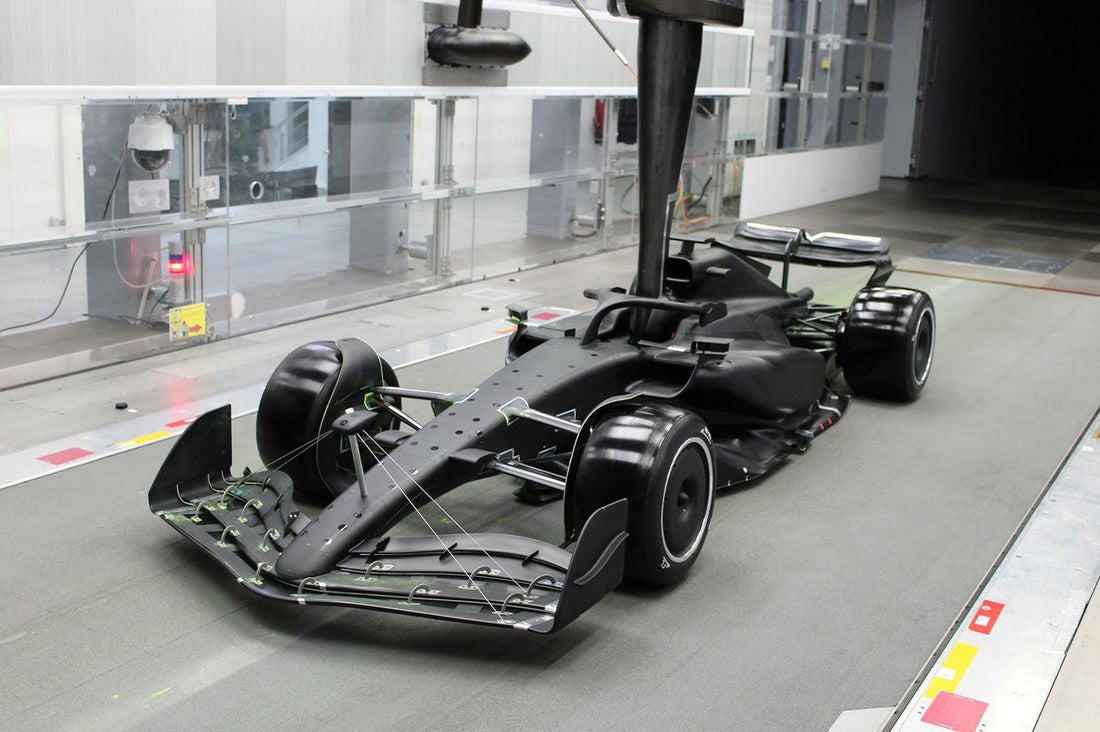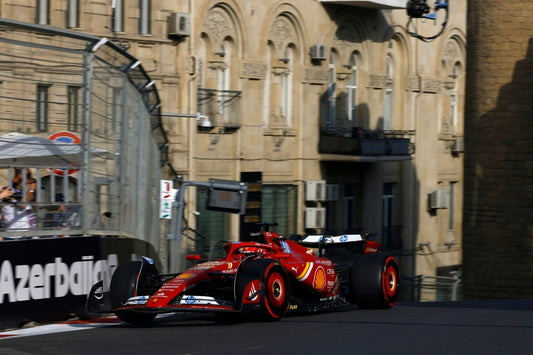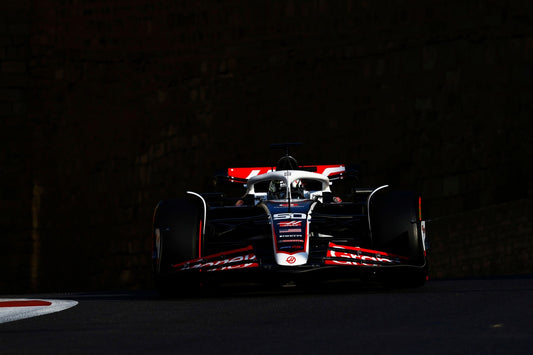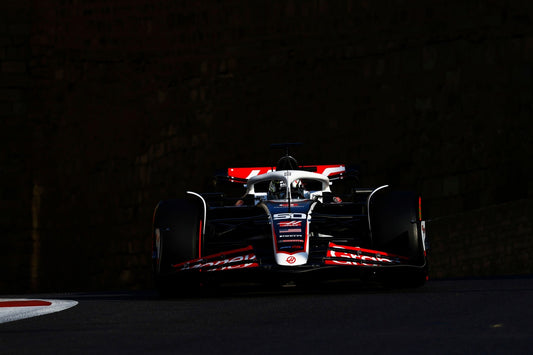Is F1 now a high-tech arms race? The rise of aerodynamics in modern racing
Manish
As Formula 1's competition intensifies, the key to success lies in introducing effective upgrades without encountering setbacks. While teams like Ferrari, Red Bull, Aston Martin, and Mercedes have faced challenges with their developments, McLaren has consistently delivered successful upgrades to their MCL38. This contrast has led to an intriguing theory gaining traction in the paddock: the importance of having the best wind tunnel.
The McLaren Advantage
The connection between McLaren's impressive performance and their possession of the newest generation wind tunnel is not being dismissed as mere coincidence. In fact, Red Bull's struggles with the development of their RB20 are believed to stem from issues with their Bedford wind tunnel, a modernized facility originally built during the Cold War. Red Bull team principal Christian Horner highlighted the disconnect between wind tunnel data and on-track performance, emphasizing the challenges teams face when wind tunnel information is unreliable.
The Importance of Accurate Data
Wind tunnel accuracy is crucial for teams, as development decisions are based on the data it provides. Inaccurate information can make it nearly impossible to determine whether new parts are truly improving performance. Teams must balance data from CFD (Computational Fluid Dynamics), wind tunnel testing, and on-track performance, with the latter being the most reliable source of information.
Advancements in Wind Tunnel Technology
The current generation of ground-effect Formula 1 cars are highly sensitive to ride height and under-floor aerodynamics. As a result, teams are pursuing advanced features in their wind tunnels to obtain more accurate readings and better correlations with real-world conditions. Some key improvements include:
1. Enhanced Yaw Angle Simulation
Teams are focusing on better simulating airflow over the car as it turns through corners, replicating the rotation, pitching, and yawing experienced during actual racing conditions.
2. Improved Rolling Floor Materials
Instead of using smooth metal surfaces, teams are now employing rubber-type materials with rough surfaces to better simulate real-world track conditions. Some teams are even reported to be 3D printing rolling road surfaces to accurately recreate specific tracks.
3. Advanced Sensors
Modern wind tunnels are equipped with more sophisticated sensors, allowing teams to measure and analyze airflow in various parts of the car with greater precision.
The Human Element
While having the latest wind tunnel technology is undoubtedly beneficial, McLaren team principal Andrea Stella emphasizes that the human element remains crucial. He attributes their success not just to the advanced tools at their disposal, but to the skill and expertise of their entire aerodynamic team in utilizing the data effectively.
As Formula 1 teams continue to push the boundaries of aerodynamic development, the combination of cutting-edge wind tunnel technology and skilled personnel will likely play an increasingly important role in determining success on the track.




